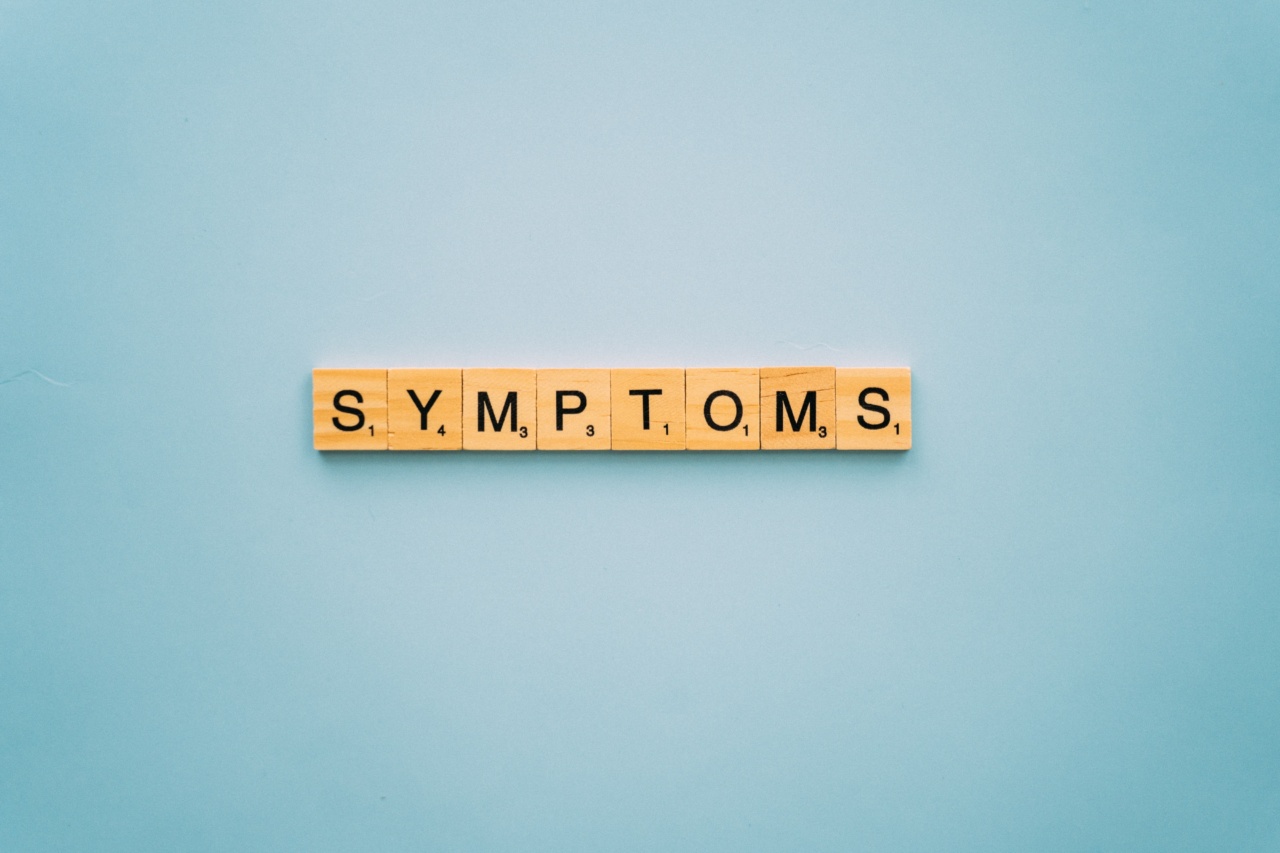Asthma is a chronic respiratory condition that affects millions of individuals worldwide. It is important to distinguish asthma from other respiratory conditions based on their specific symptoms.
Understanding the distinguishing symptoms helps in accurate diagnosis and appropriate management of the condition. In this article, we will explore the key symptoms of asthma and how they differ from other respiratory conditions.
1. Recurrent Wheezing
Wheezing is a common symptom of asthma, characterized by a high-pitched, whistling sound while breathing. It occurs due to the narrowed airways caused by inflammation and constriction of the bronchial tubes.
Wheezing in asthma is typically heard during exhalation but can also be present during inhalation.
2. Shortness of Breath
Shortness of breath, also known as dyspnea, is another hallmark symptom of asthma. Individuals with asthma may experience a sensation of tightness in the chest, making it difficult to breathe deeply.
This symptom can be triggered by physical activity, exposure to allergens, or environmental factors.
3. Chronic Cough
A persistent cough is a common symptom in individuals with asthma. The cough is usually dry and non-productive, meaning no phlegm or mucus is produced.
It may worsen at night or in the early morning and is often triggered by allergens or irritants in the air.
4. Chest Tightness
Asthma can cause a feeling of tightness or pressure in the chest, often described as someone sitting on the chest. This symptom is caused by the inflammation and constriction of the airways, restricting the flow of air in and out of the lungs.
Chest tightness can be accompanied by other symptoms, such as wheezing and shortness of breath.
5. Difficulty Sleeping
Asthma symptoms can significantly impact sleep quality. Many individuals with asthma experience nocturnal symptoms, such as coughing, wheezing, and shortness of breath, which can disrupt sleep patterns.
Sleep disturbances can lead to fatigue and decreased overall well-being.
6. Allergic Reactions
Some individuals with asthma have allergies that can trigger or worsen their symptoms. Allergic reactions can cause nasal congestion, sneezing, itchy eyes, and a runny nose.
These symptoms, combined with respiratory symptoms like wheezing and shortness of breath, help to distinguish asthma from other respiratory conditions like chronic obstructive pulmonary disease (COPD).
7. Exacerbation of Symptoms
Asthma symptoms tend to worsen in certain situations or when exposed to specific triggers. These triggers can be allergens, such as pollen or pet dander, or irritants like smoke or strong odors.
Individuals with asthma may experience sudden worsening of symptoms, known as asthma attacks or exacerbations.
8. Variability of Symptoms
Asthma symptoms can vary greatly from person to person and even within the same individual over time. Some individuals may have mild, intermittent symptoms, while others may experience more severe and persistent symptoms.
This variability of symptoms is a distinguishing feature of asthma and helps differentiate it from other respiratory conditions.
9. Response to Asthma Medications
One of the key diagnostic tools for distinguishing asthma from other respiratory conditions is the positive response to asthma medications.
Medications like inhaled bronchodilators, such as short-acting beta-agonists, can provide relief and improve symptoms in individuals with asthma. The response to these medications confirms the diagnosis.
10. Family History
Asthma often runs in families and has a genetic component. If someone has a family history of asthma or other allergic conditions, such as eczema or hay fever, it increases their likelihood of developing asthma.
Family history is an essential factor in distinguishing asthma from other respiratory conditions.
Conclusion
Distinguishing asthma from other respiratory conditions is crucial for accurate diagnosis and effective management.
Symptoms such as recurrent wheezing, shortness of breath, chronic cough, chest tightness, and difficulty sleeping are characteristic of asthma. Allergic reactions, exacerbation of symptoms, variability of symptoms, response to asthma medications, and family history are additional factors that help differentiate asthma from other respiratory conditions.
Seeking medical evaluation and consultation is vital in order to receive appropriate treatment and improve quality of life for individuals with asthma.






























